
How to Handle Emergency Cardiovascular Situations?
How to Handle Emergency Cardiovascular Situations?
Recognizing early signs of cardiovascular emergencies and providing initial proper care can help prevent unfortunate outcomes for patients. In reality, a significant number of people pass away before reaching the hospital due to severe cardiovascular conditions that require immediate intervention.
Below are some common cardiovascular emergencies and how to handle them:
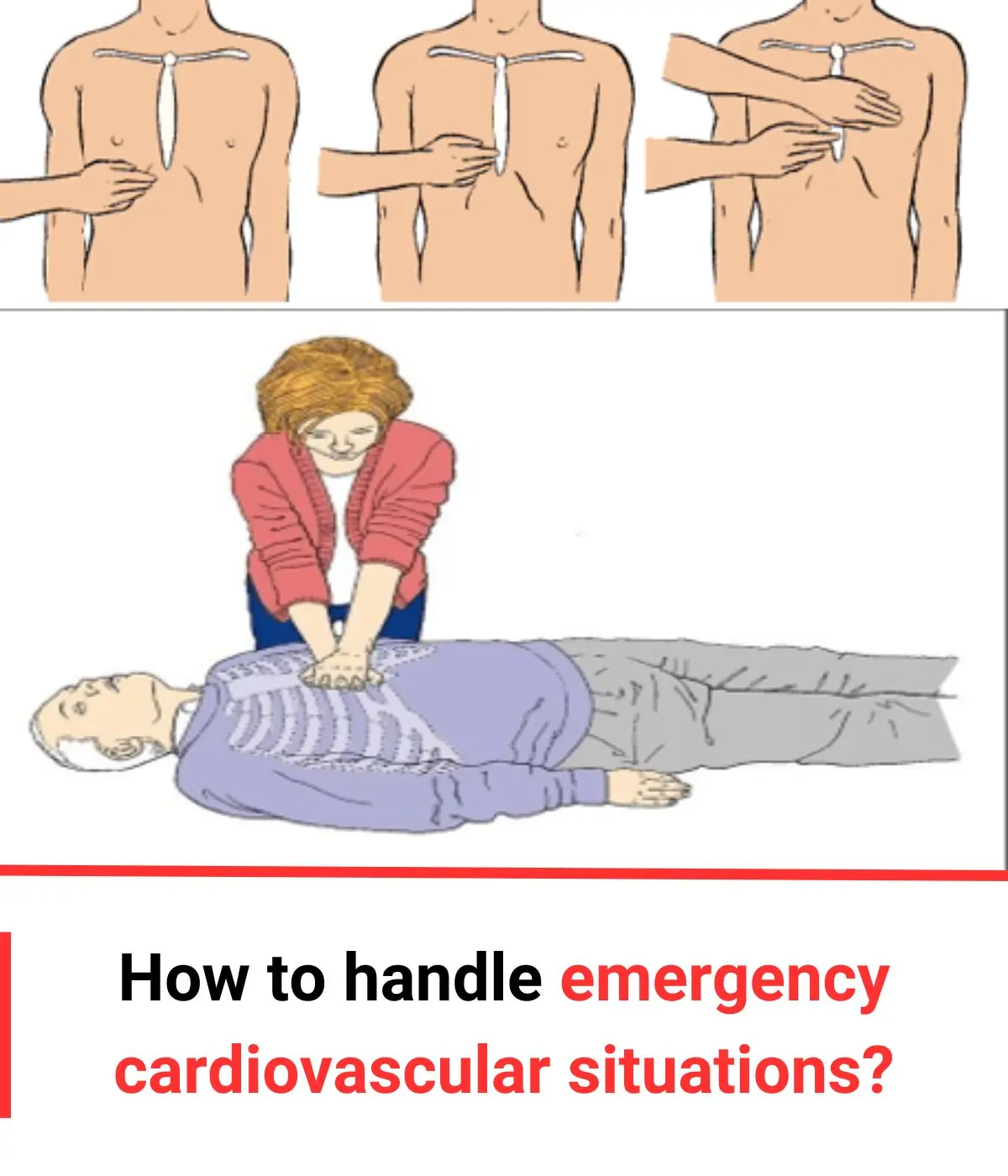
1. Cardiac Arrest
Symptoms:
- Sudden collapse
- Loss of consciousness
- No response to external stimuli
- Bluish skin (cyanosis)
- Absence of breathing
- No detectable carotid or femoral pulse
- Possible involuntary urination or defecation
Emergency Response:
- Call for help and immediately dial emergency services (115 or local emergency number).
- Lay the patient on a firm surface and begin chest compressions (CPR).
- CPR technique:
- Kneel beside the victim.
- Place your right hand over the back of your left hand, interlocking fingers.
- Position both hands on the lower third of the sternum (breastbone).
- Press firmly and quickly, ensuring the chest compresses properly.
- Continue uninterrupted chest compressions. If alone, focus on compressions only. If there is another rescuer, alternate compressions and rescue breaths.
- Continue CPR until medical help arrives or the patient regains consciousness.
2. Chest Pain in a Heart Attack
Symptoms:
- Severe, crushing chest pain (left-sided or behind the sternum)
- Pain radiates to the jaw, left shoulder, inner left arm, or back
- A sensation of tightness or pressure in the chest
- Cold sweats, shortness of breath
- Pain may last 5-10 minutes or longer
Emergency Response:
- Encourage the person to sit and rest in a comfortable position (semi-reclined).
- Loosen tight clothing (belts, ties) to ease breathing.
- Call emergency services (115 or local emergency number) immediately.
- Keep the patient calm and encourage deep, slow breathing to reduce anxiety.
- If emergency transport is unavailable, arrange a ride to the nearest hospital (preferably via taxi rather than letting the patient drive).
3. Acute Stroke
The acronym F.A.S.T. helps recognize stroke symptoms:
- F (Face): Sudden facial drooping or asymmetry.
- A (Arm): Weakness or numbness in one arm or leg (on the same side).
- S (Speech): Slurred or incoherent speech.
- T (Time): Seek immediate medical attention—"Golden Time" is within 4.5 to 6 hours, up to a maximum of 9 hours.
Emergency Response:
- Do not give the patient any food, drink, or medication.
- Avoid using traditional remedies like pricking fingers for blood release.
- Do not let the patient rest and wait for symptoms to subside.
- Record or take a picture of any medications the patient is currently using.
- Note the time of symptom onset and immediately transport the patient to a hospital with a stroke treatment center.
- If the patient loses consciousness or stops breathing, start CPR immediately.
4. Difficulty Breathing
Symptoms:
- Sudden difficulty inhaling or exhaling
- Rapid, shallow breathing
- Speaking in short phrases
- Cold sweats
Emergency Response:
- Position the patient in an upright position (either sitting with a pillow behind their back or leaning forward slightly).
- Loosen any tight clothing around the chest, neck, and waist.
- Provide oxygen if available or use a hand-held fan to improve airflow.
- Call emergency services (115 or local emergency number) immediately or arrange transport to the nearest hospital.
Why Early Emergency Care Matters?
Providing immediate first aid in community settings increases survival rates and reduces long-term complications before hospital treatment. Developing pre-hospital emergency care systems and ensuring individuals have basic first aid knowledge is particularly beneficial for families with elderly members, children, or individuals with pre-existing heart conditions.
News in the same category

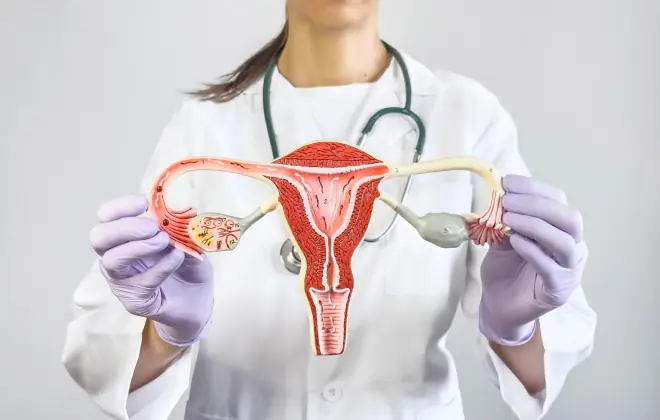
8 Subtle Symptoms of Ovarian Cancer That Could Save Your Life

An 86-Year-Old Doctor Who Survived Two Can.cers Shares 3 Simple “Anti-Cancer Remedies” Anyone Can Afford
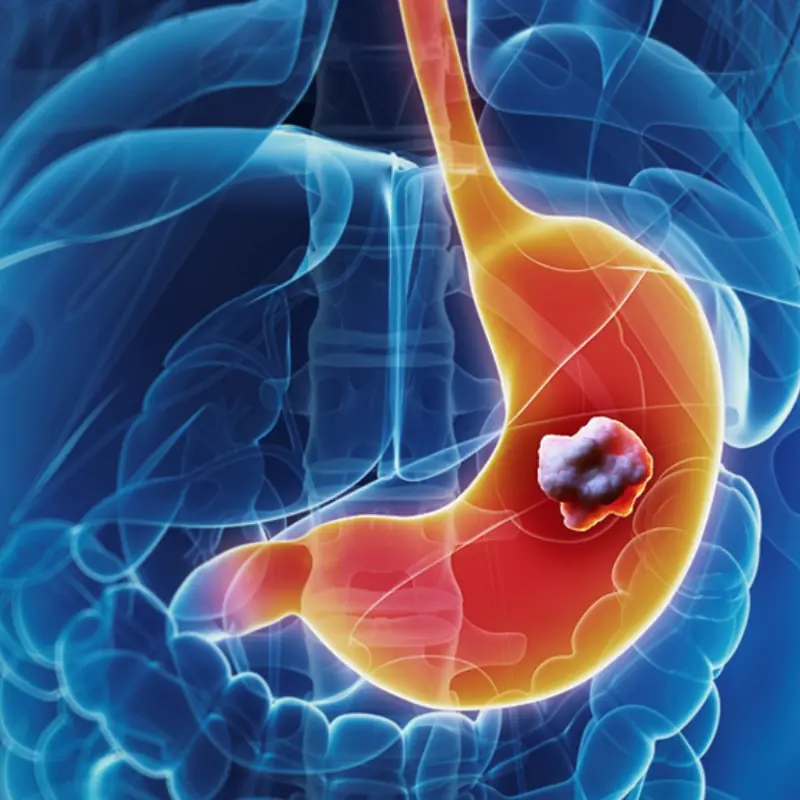
7 Serious Warning Signs of Sto.mach Can.cer in Its Later Stages
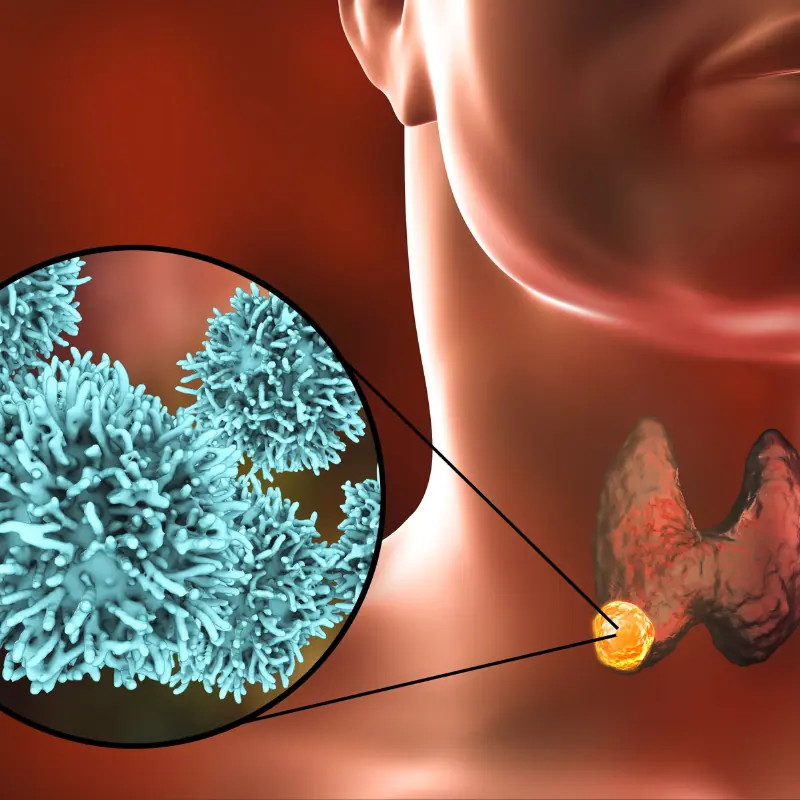
5 Early Clues of Thyroid Can.cer You Shouldn’t Ignore

A “Can.cer-Free” Village and a Cheap Root Vegetable: Viral Story Sparks Curiosity—and Questions
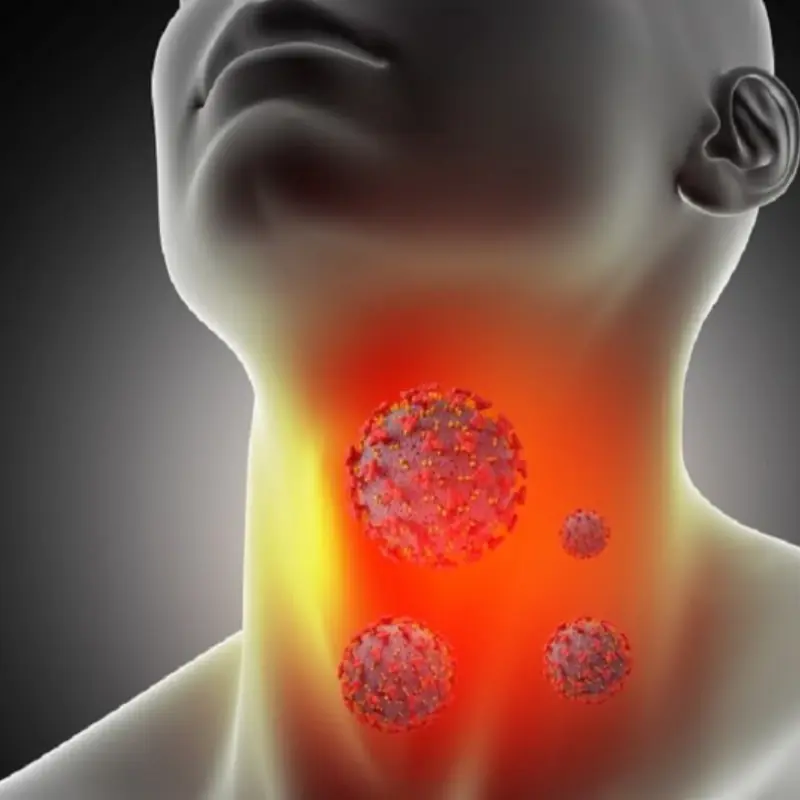
A 35-year-old man’s sore throat progressed to can.cer after five chemotherapy rounds. Doctors warn: ditch these two items from your fridge

Five kinds of vegetables may harbor hidden worms. Eating them raw is like swallowing the parasites directly

He drank lemon water daily for two years to reduce his blo.od pressure—and the results surprised everyone.
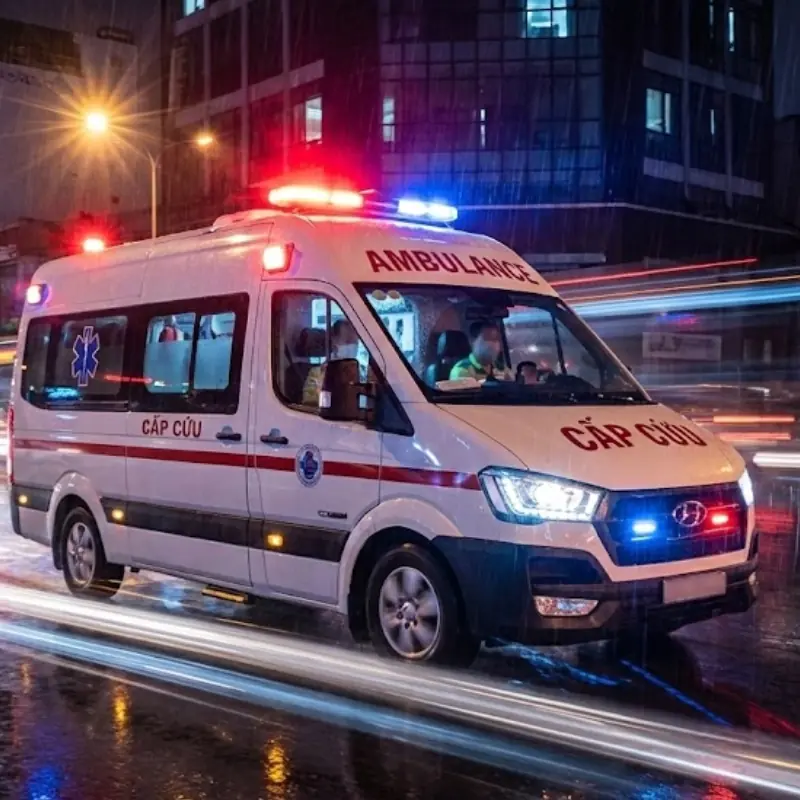
Doctor’s warning after a 65-year-old’s de.ath: Don’t drink these four types of water at night, even if you’re thirsty.

If you notice any of these 3 urine changes, it’s time to seek medical help—fast.
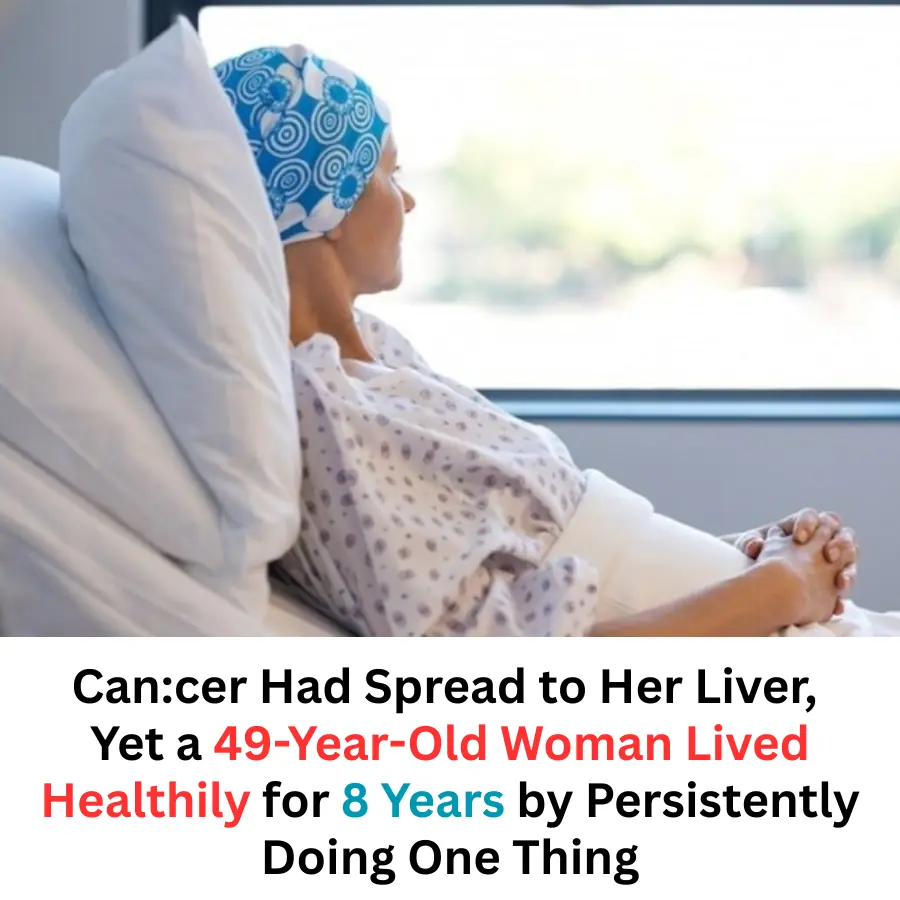
Can.cer Had Metastasized to Her Liver, Yet a 49-Year-Old Woman Lived Healthily for 8 Years Thanks to One Habit She Never Abandoned
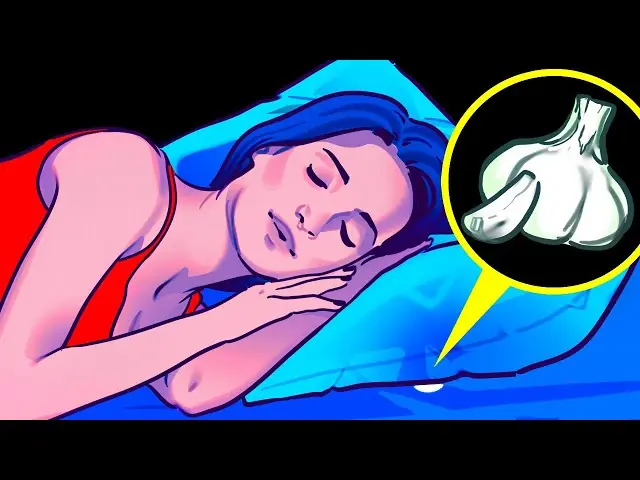
Have you ever wondered why putting garlic at your bed's headboard is so popular?

A 9-Year-Old Girl Was Diagnosed With Cancer Early Thanks to a Habit Her Mother Never Skipped

Eating Three Foods Daily, a 38-Year-Old Man with Stage 4 Kid.ney Failure Sees an Unexpected Turnaround After 8 Months
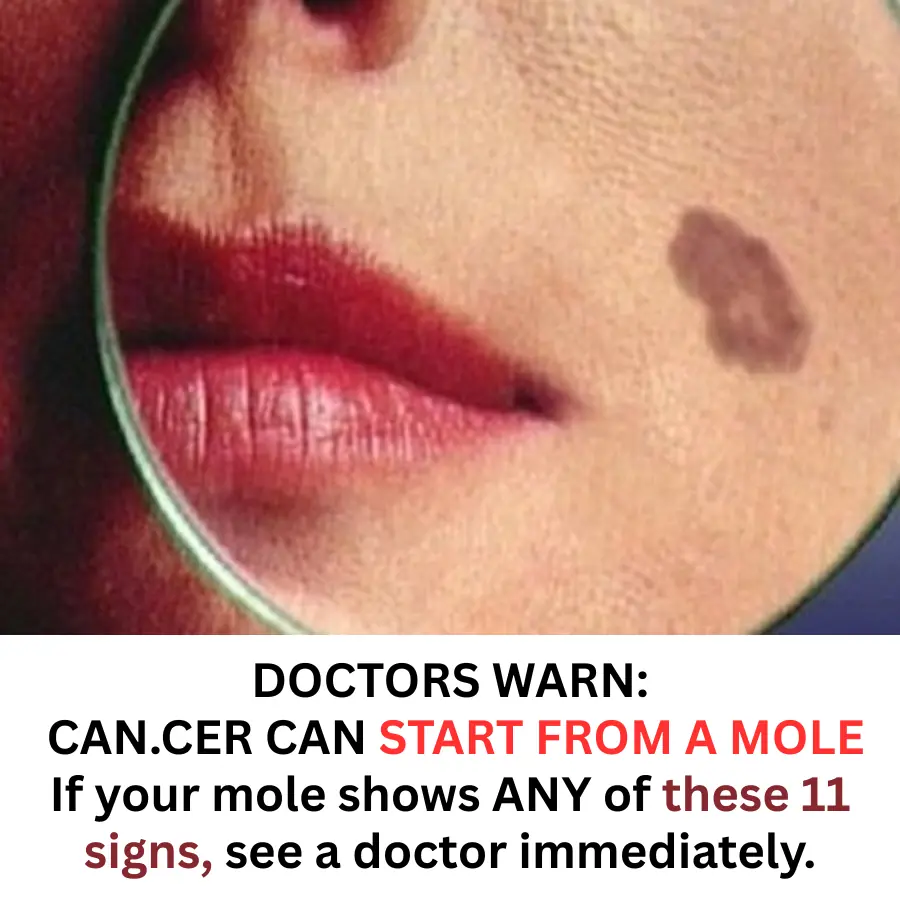
DOCTORS WARN: CAN.CER CAN START FROM A MOLE – SPREADS EXTREMELY FAST
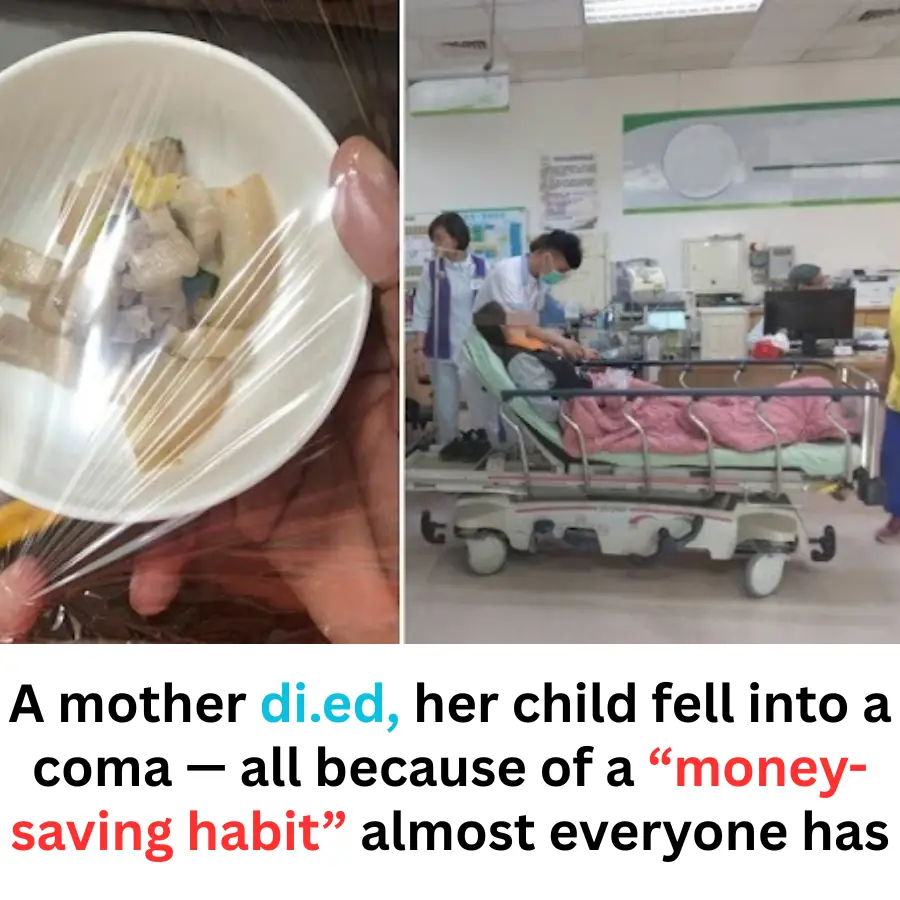
A Mother’s Death and a Child’s Coma: The Deadly Cost of a Common “Money-Saving” Habit

Don’t let children eat just anything to get through the meal.
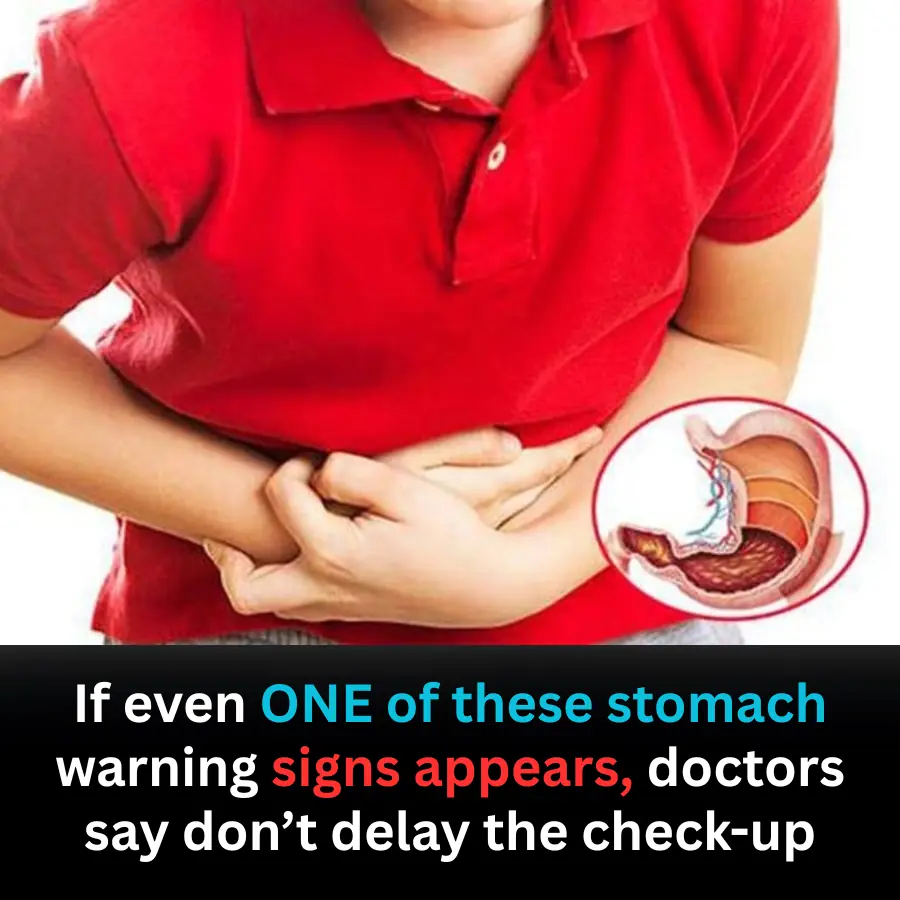
7 Warning Signs That Stomach Disease Has Reached a Severe Stage — Don’t Ignore Even One
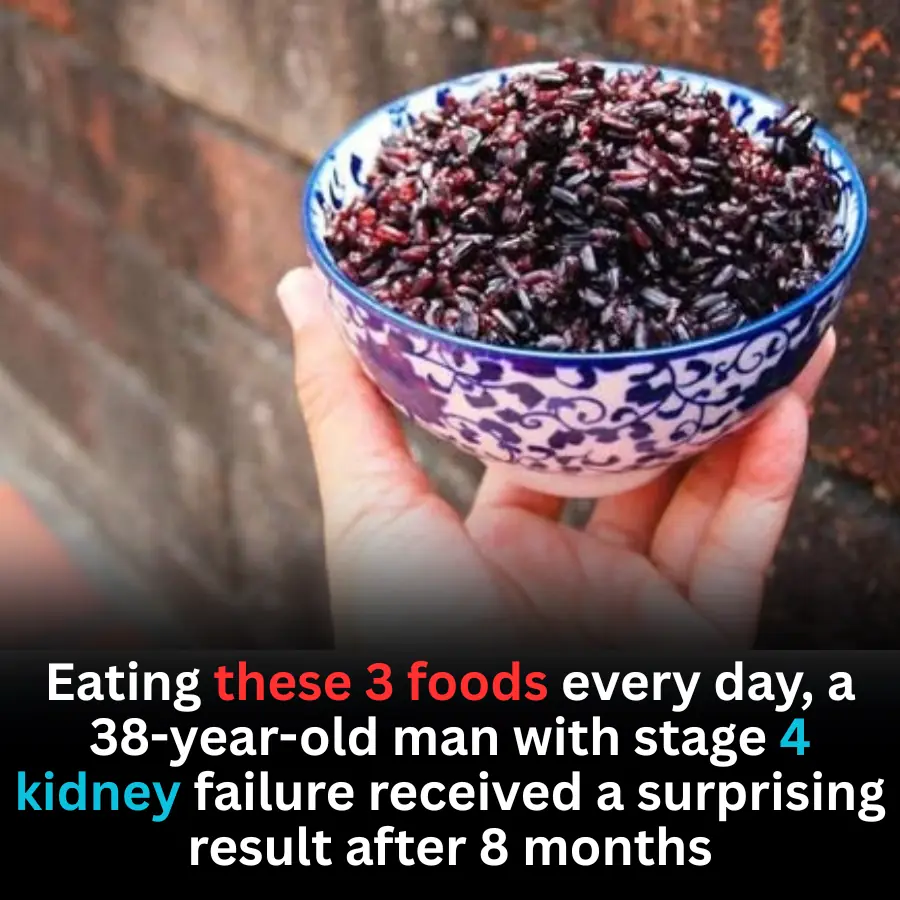
Eating 3 Foods Daily: A 38-Year-Old Man With Stage 4 Kidney Failure Saw Unexpected Results After 8 Months
News Post

Strawberry Pistachio Frozen Yogurt

Wives’ bre.ast can.cer risk linked to husbands’ unhealthy habits

8 Subtle Symptoms of Ovarian Cancer That Could Save Your Life

An 86-Year-Old Doctor Who Survived Two Can.cers Shares 3 Simple “Anti-Cancer Remedies” Anyone Can Afford

7 Serious Warning Signs of Sto.mach Can.cer in Its Later Stages

5 Early Clues of Thyroid Can.cer You Shouldn’t Ignore

A “Can.cer-Free” Village and a Cheap Root Vegetable: Viral Story Sparks Curiosity—and Questions

A 35-year-old man’s sore throat progressed to can.cer after five chemotherapy rounds. Doctors warn: ditch these two items from your fridge

Five kinds of vegetables may harbor hidden worms. Eating them raw is like swallowing the parasites directly

He drank lemon water daily for two years to reduce his blo.od pressure—and the results surprised everyone.

Doctor’s warning after a 65-year-old’s de.ath: Don’t drink these four types of water at night, even if you’re thirsty.

Creamy Chicken Salad Stuffed Croissants

If you notice any of these 3 urine changes, it’s time to seek medical help—fast.

Can.cer Had Metastasized to Her Liver, Yet a 49-Year-Old Woman Lived Healthily for 8 Years Thanks to One Habit She Never Abandoned

Have you ever wondered why putting garlic at your bed's headboard is so popular?

A 9-Year-Old Girl Was Diagnosed With Cancer Early Thanks to a Habit Her Mother Never Skipped

Eating Three Foods Daily, a 38-Year-Old Man with Stage 4 Kid.ney Failure Sees an Unexpected Turnaround After 8 Months

DOCTORS WARN: CAN.CER CAN START FROM A MOLE – SPREADS EXTREMELY FAST

Don’t Throw Away Expired Fresh Milk — Keep It for These 4 Amazing Uses
